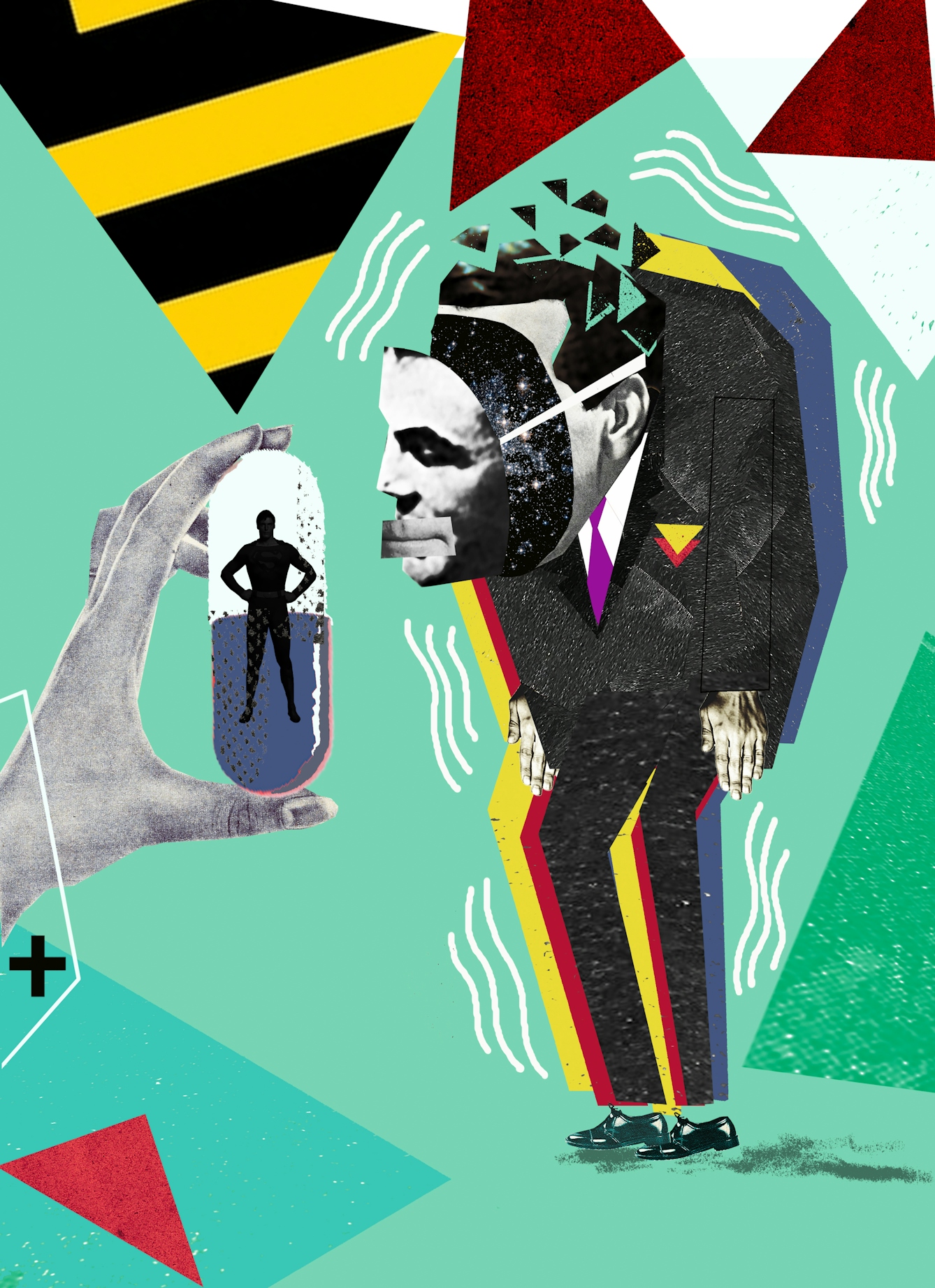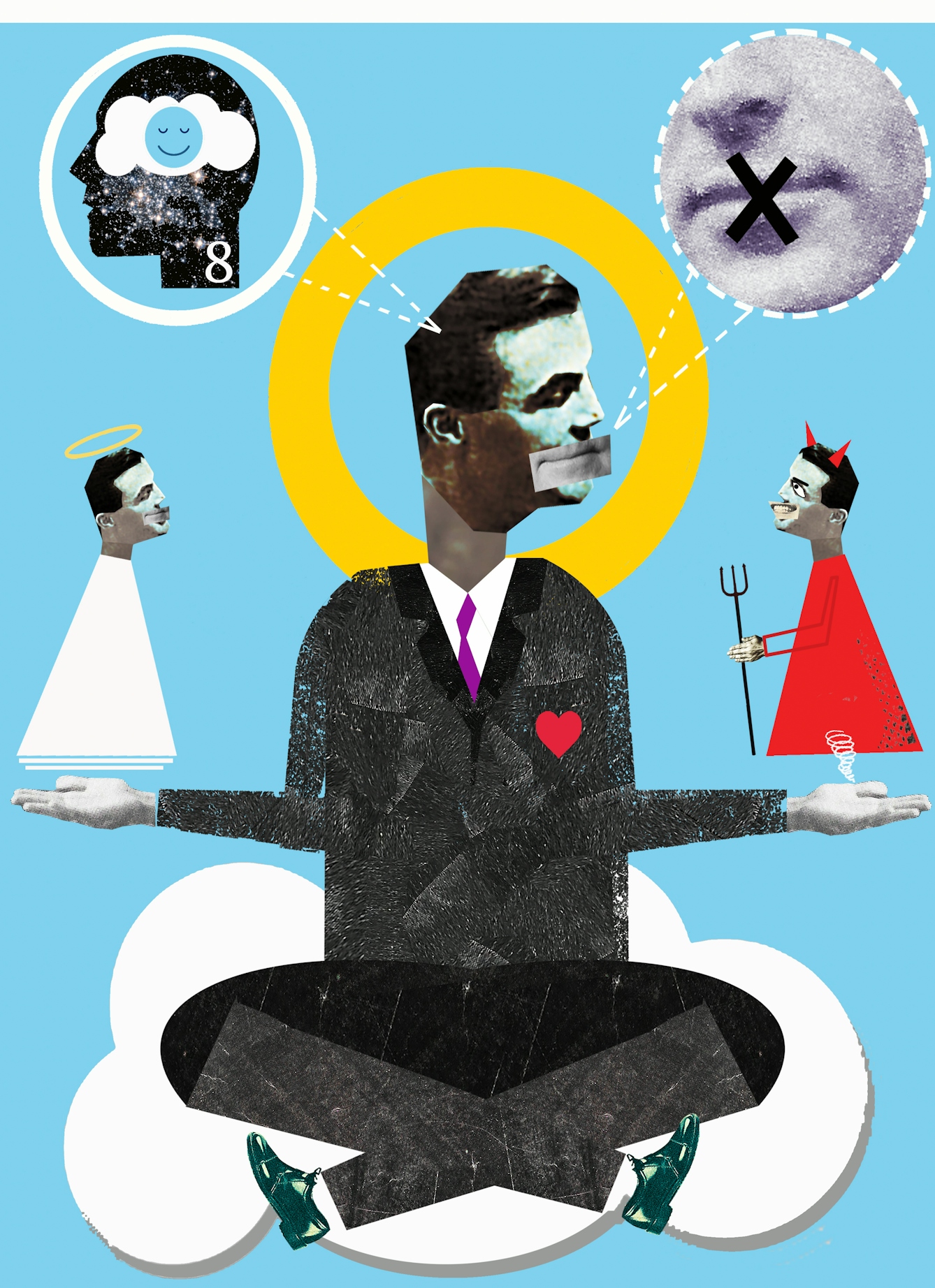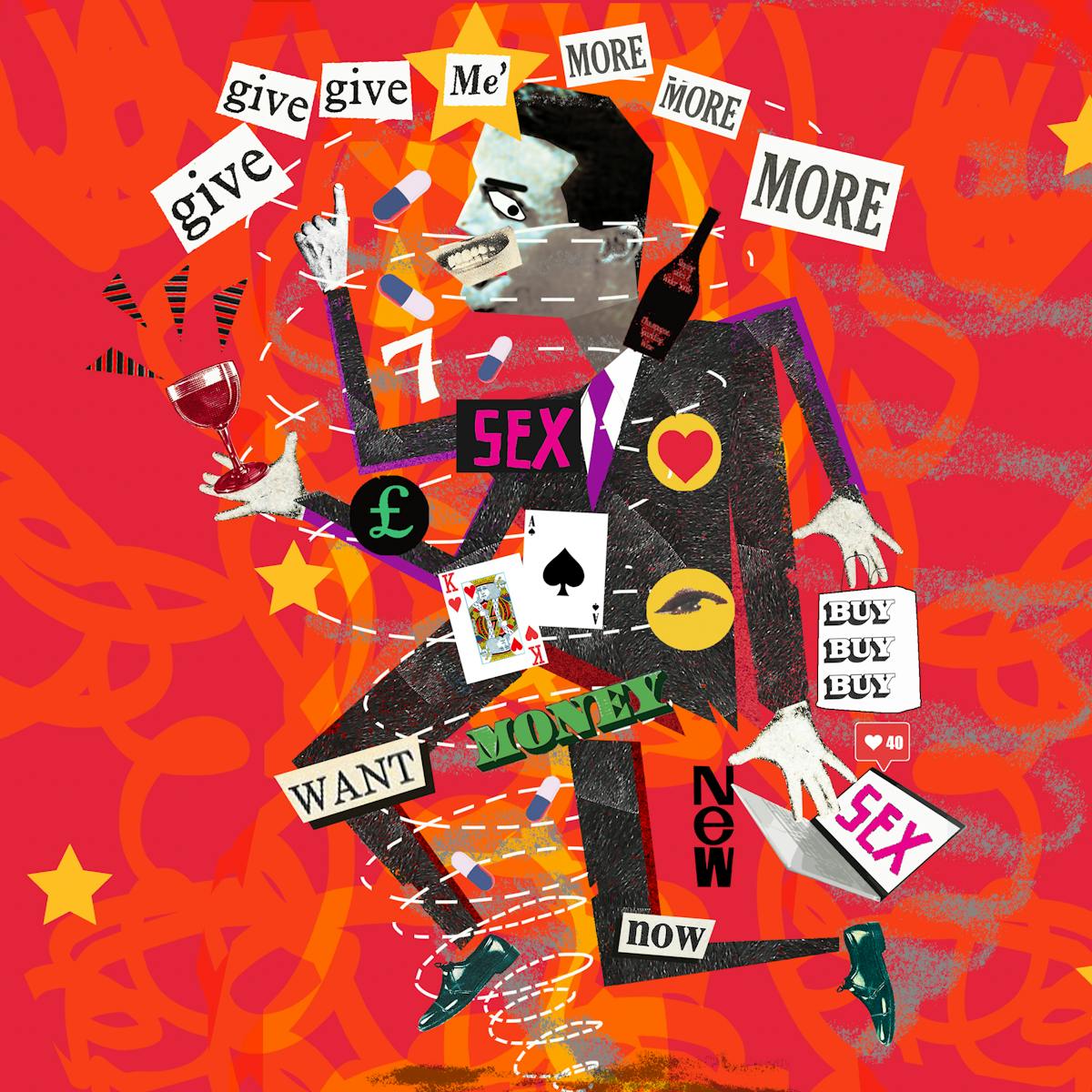When drug treatment for a chronic health condition caused unexpected compulsive behaviour, dating became increasingly challenging. Pete Langman describes how it took strength of will from both himself and his partner to take back control.
Relationships. You know how they go. After the first flush of sexual attraction and the romance fade, real life tends to rear its ugly head. And few things are as ugly as a chronic condition.
We’d all like to think that were our partner to be diagnosed with something like Parkinson’s it would make no difference, but the truth is another matter. Pragmatism tends to prevail, and when circumstances change, we reassess: often on cost–benefit lines. While many chronic conditions are only minimally disruptive in the early stages, fear of the future is real: no one wants to be a carer; no one wants to be cared for.
There are different pressures on those whose diagnosis quickly becomes divorce, however. Our society routinely shames people for having conditions such as Parkinson’s, while appearing to believe that disabled or chronically ill people simply ought not to have sex. This can make meeting new people problematic.
When first ‘on the market’, so to speak, I wouldn’t mention Parkinson’s until the first date – putting it in my online profile meant I rarely had one. One potential match responded to my online confession with the words, “You’re joking, right?” Needless to say, the conversation ended there. We are damaged goods. As one friend of mine put it, his new girlfriend’s ex is “utterly mystified and disgusted that anybody would choose someone with Parkinson’s as a partner”.

How Pete appears, without drugs.
But there are other problems waiting to sabotage our personal lives.
An unexpected diagnosis can make life feel more precious, and this can lead to new attitudes, new behaviours, even personality changes. Sometimes we’re so focused on reducing our symptoms to a level that is ‘normal’ that we discount any potential side effects our therapy causes. And these side effects are not always physical.
Dopamine and dangerous compulsions
Those with Parkinson’s, and especially young onset Parkinson’s, are commonly prescribed a family of drugs called dopamine agonists, which are known to cause compulsive behaviour. Once considered ‘rare’, recent studies have estimated that these symptoms are far more common. Ask anyone with young onset Parkinson’s, and they’ll laugh before suggesting 90 per cent as a conservative estimate. But why the disparity?
The most common compulsions are sex, shopping and gambling. For some, these compulsions get severely out of hand. Where are the figures? Well, imagine that in a few months you’ve lost thousands of pounds gambling, bought three sports cars, or had sex with 40 different partners, even though you are married. Or that your behaviour has led to your being imprisoned. Would you broadcast the fact?
It’s worse for women than men, I suspect. Think how quickly people would rush to judge a 35-year-old woman who admitted, as she did in confidence to me, that “my knickers lost their elastic. Despite being in a relationship I became promiscuous. Mainly with strangers – both sexes, I didn’t care!”
I cannot count the times when I stepped outside of myself and wondered what the hell I thought I was doing.
Another woman I spoke to initially experienced “minor compulsive behaviour in arts and crafts” but this turned into “tens of thousands lost in gambling”, so it’s no wonder she felt an almost daily “meltdown of self-loathing and despair”, and even thoughts of suicide.
The irony is that I heard about this problem on the day I was diagnosed, though not from my consultant. As I got into my car clutching a bag of medication, I heard an advert on Radio 4 for a ‘Panorama’ special on how some drugs prescribed for Parkinson’s were causing compulsive gambling. In the absence of a burgeoning poker habit, however, I put this discovery to the back of my mind.
The agonists, however, had different ideas.

How Pete appears, with drugs
It was a while before I realised what they were up to; longer before I became wise to them. I spiralled off into a haze of sexual hedonism, often finding myself knocking on a stranger’s door at 2.30am after countless hours spent on multiple websites. Logging on. Checking for messages. Closing. Opening. Checking for messages. Logging off. Telling myself that’s it for tonight. Logging on again. Checking for messages. Logging off. Logging on again, and again. I cannot count the times when I stepped outside of myself and wondered what the hell I thought I was doing, before stepping back in and getting on with it.
But it wasn’t just the drugs – as an ex-lover put it, I was looking for “proof of life, vitality, virility”. She saw “fear and fragility too”, as this disease that gradually erases identity led me to grasp experience in both hands, “as if to store up sensation for a future that may not have it”.
The chemicals that control us
This is perhaps where neurochemistry and psychology interact: the point where we lose control of the chemicals that control us. One such chemical is dopamine.
Dopamine is remarkable. It makes us feel good. It’s released when we drink alcohol and eat chocolate, and when we engage in risky behaviour. But it’s a chicken-and-egg drug, as it also appears to promote risky behaviour. Furthermore, it’s a vital part of the chain of command between brain and limbs. Dopamine deficiency hits our bodies hard. It occurs when the cells that manufacture dopamine throw in the towel. It is Parkinson’s.
The gold-standard Parkinson’s therapy is L-DOPA. Effectively a dopamine fertiliser, L-DOPA works well for a few years, then starts to lose its bite. Hence the use of dopamine agonists, which work by pretending to be dopamine, stimulating the receptor cells.

How Pete feels, without drugs.
Unfortunately, while our natural dopamine comes in several flavours, the agonists aren’t very discerning. They hang out on synapsal corners looking for trouble. They don’t have to wait long before a tempting receptor cell shimmies past. Unfortunately, agonists can’t seem to resist them.
The pernicious effects of these agonists build slowly, so they’re hard to spot in yourself, even when you’re in the full flush of compulsion. Once awoken, the need for sex, shopping, gambling or gluttony takes over your whole being. For some of us, it takes crisis to bring clarity. And after crisis comes recrimination as you find yourself addicted to addiction. It takes time to reduce the dosage and for the compulsion to become controllable. And what you gain on the swings of control, you lose on the symptomatic roundabouts.
It took me 18 months to wrest control back from the drugs. My appetites remain. I always had appetites, but agonists compel action; they make a body need. And those needs can never really be sated, because compulsion comes in the form of a pill.
It’s not easy, but I have the upper hand. I no longer date, or even ‘date’. The age-old metaphor of ‘fighting’ Parkinson’s is, in my experience, both wrong-headed and damaging, but when it comes to taking on the dopamine agonists, that’s exactly what it is: a fight to control yourself. I now have a partner who understands and has had the strength of will to outlast the chemical hold, though it was a close-run thing. While the agonists still have their moments, they lack the resolve-sapping stamina of old.
The final word will be mine, not theirs.
About the contributors
Pete Langman
Dr Pete Langman is a writer, editor, educator, academic, ex-professional guitarist and extremely amateur cricketer. He was diagnosed with Young Onset Parkinson’s in 2008. The author of ‘Slender Threads: a young person’s guide to Parkinson’s Disease’ and ‘The Country House Cricketer: an English summer in words and pictures’, his words have appeared everywhere from Guitar and Bass Magazine to The Guardian. His first novel, ‘Killing Beauties’, will be published on 23 January 2020 by Unbound.
Simon Paulson
Simon Paulson is a digital artist and illustrator based in Bristol, who works by combining old collaged images over graphic shapes in a retro modernist style. Alongside illustrating for such publications as ‘The Sunday Times’, ’Streetwise Books’ and ‘Landliebe Magazine’ he also spent fifteen years running and art directing his own design business.


